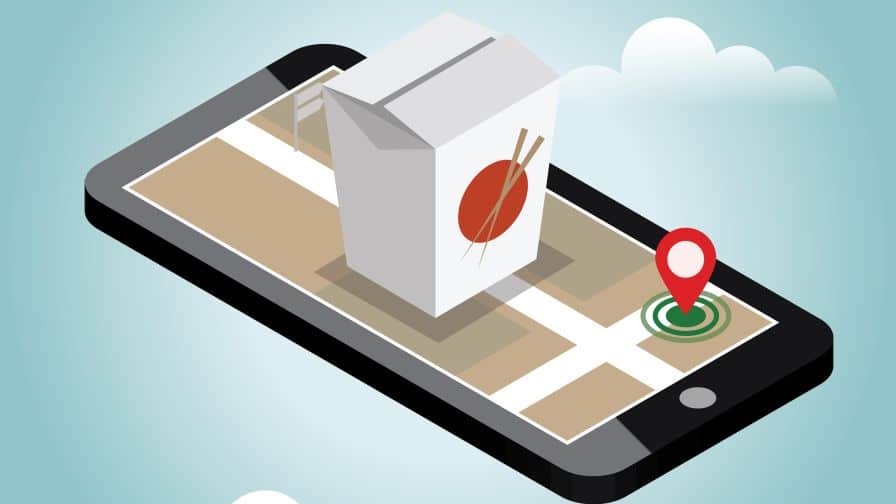Location intelligence company Blis has launched a mobile advertising product enabling advertisers to drive foot traffic to store, and only be charged for successful visits.
The first global brand to be using Blis Futures is Stella Artois, which claims to have been using it to “increase engagement” and “incite consumers to purchase”, or in other words, tempt punters into its featured pubs.
“We are now able to recognise how our audiences behave in the real-world as well as the digital one, allowing us to engage with them at the right moment and impacting their future purchase decisions,” commented Ali Humphrey, Stella Artois’ brand manager.
Rolled out with media agency Vizeum, Blis Futures uses machine learning and predictive analytics which group data sets and identify patterns. The result reveals real-time consumer segments most likely to convert, and signals to advertisers when this group is in prime position for targeting.
Physical performance metrics
The real selling point, however, is that Blis will only charge advertisers based on what it’s dubbed a “Cost-Per-Visit” physical performance metric, which it says demonstrates the confidence it has in its predictive data analysis technology.
“Blis Futures allows brands and businesses the opportunity to target shoppers based on where they will be,” said Greg Isbister, CEO of Blis; “We are now able to accurately identify people who we know are either highly likely or definitely going to buy a product. This eliminates waste in spend and increases campaign performance.”
Vizeum’s Shaun Lynch, digital planning manager for Stella Artois’ parent company AB InBev, called the alternative to “traditional” performance and payment methods “revolutionary” in increasing performance of location-based marketing and building trust between brands and tech providers.
While a frequent critique of location-based marketing is that consumer’s devices require some sort of app installed and activated, Blis told PerformanceIN its Futures product combines IPS data with verified GPS data, allowing for targeting even when the latter is limited; when underground, for example.
“All location targeting requires consumers to enable location services on their phone in order for validated publishers, who Blis work with, to have access to accurate location data,” said Blis.

